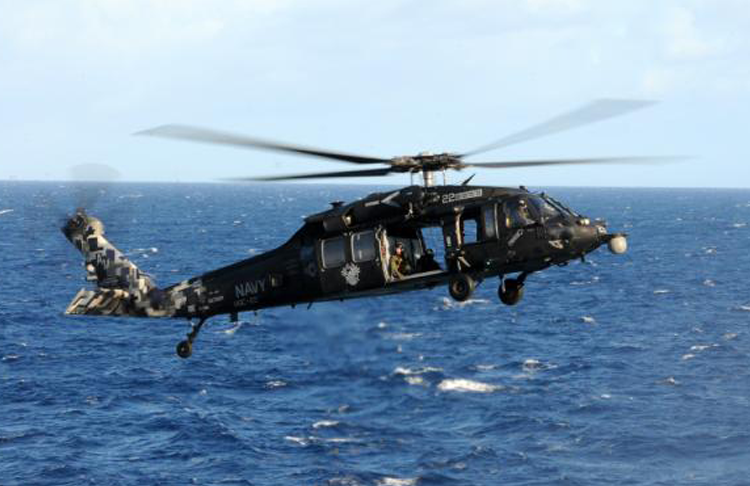
-
JAIC partners with USSOCOM to deliver AI-enabled predictive maintenance capabilities
By: JAIC Public Affairs |
The Joint Artificial Intelligence Center Joint Logistics mission initiative, in partnership with the U.S. Special Operations Command’s 160th Special Operations Aviation Regiment, developed and deployed a machine learning tool known as the Work Unit Code Corrector, to improve the overall quality of H-60 helicopter maintenance records for improved fleet health reporting.
The WUC Corrector uses natural language processing to analyze freeform maintenance record text to revise unit codes and maintenance time entries, which are alphanumeric codes associated with specific aircraft component types and resources required to perform a given maintenance task. The model not only revises historical maintenance records, it also provides valuable suggestions to maintainers for correcting unit codes in real-time.
"The WUC Corrector enables both proactive and reactive data maturation to create AI-ready maintenance information,” said Dr. Chris Shumeyko, of the JAIC’s Joint Logistics mission initiative. “By suggesting correct codes on data entry, dirty data never makes it into the maintenance systems, which is a problem that has deterred the maintenance community for years. For the first time, failure and corrective action information will be AI-ready from the start, enabling more rapid deployment of advanced analytical capabilities to improve operational readiness."
Now fully operational, the AI-enabled capability has corrected more than 400,000 historical work unit code entries. These corrected maintenance records provide improved data analytics and reporting for maintenance and supply, and enable AI-ready data for future predictive readiness capabilities. In addition, the WUC Corrector provides a more accurate record of each maintainer’s experience and skill level, which are utilized for assignment and deployment planning, personnel performance and readiness assessments, as well as input required for FAA maintenance credentials. In addition to the JAIC-funded effort for H-60s, the 160th SOAR independently funded an adaptation of the WUC Corrector for their fleet of MH-47 and MH-6 rotorcraft.
"We leveraged the rapid and agile development processes incorporated directly inside the 160th SOAR to deliver and scale this capability,” said U.S. Army Colonel Kenneth Kliethermes, head of the JAIC’s Joint Logistics mission initiative. “Our work with the 160th SOAR is a great example of fielding AI/ML capabilities by integrating the development, testing, and validation of these tools within an active operational environment. This approach is how the JAIC is enabling the warfighter by working directly with them to provide scalable and operationally relevant AI-enabled capabilities.”
Together, the JAIC’s Joint Logistics team and USSOCOM are exploring opportunities to expand the WUC Corrector tool beyond the 160th SOAR to enable improved maintenance data across the Army and potentially scaled for use by other services and combatant commands.
“Our partnership with the JAIC has been a tremendous success and we are grateful for all the teamwork and support they have provided,” said Steven Blasey, Maintenance Technology Director, Aviation Maintenance Support Office, U.S. Army Special Operations Aviation Command. “With the support and enablement of the JAIC, we were able to operationalize AI-enabled predictive and preventive maintenance capabilities three-to-five years earlier than if we had developed these capabilities on our own. These capabilities have already had a significant impact on our mission”